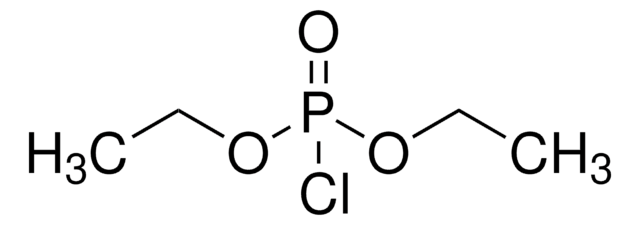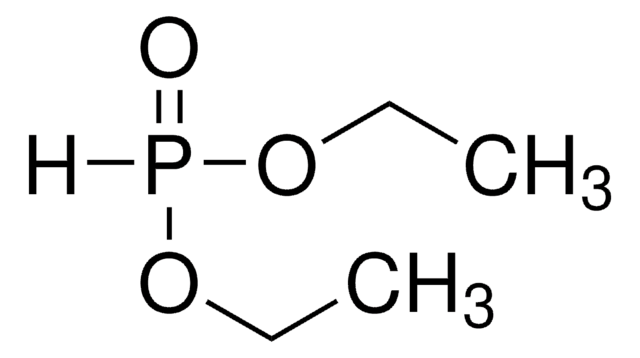544868
Copper(II) oxide
nanopowder, <50 nm particle size (TEM)
Synonym(s):
Copper monoxide, CuO nanoparticles, Cupric oxide
Sign Into View Organizational & Contract Pricing
All Photos(3)
About This Item
Empirical Formula (Hill Notation):
CuO
CAS Number:
Molecular Weight:
79.55
EC Number:
MDL number:
UNSPSC Code:
12352302
PubChem Substance ID:
NACRES:
NA.23
Recommended Products
form
nanopowder
Quality Level
surface area
29 m2/g
particle size
<50 nm (TEM)
application(s)
battery manufacturing
SMILES string
[Cu]=O
InChI
1S/Cu.O
InChI key
QPLDLSVMHZLSFG-UHFFFAOYSA-N
Looking for similar products? Visit Product Comparison Guide
General description
Copper oxides (Cu2O, CuO) are p-type semiconductor materials with small band gap energy. High physical and chemical stability of metal oxide nanoparticles renders them extremely useful in catalytic applications.The structures of the compounds are monoclinic. Nanoscaled copper oxide compounds can be prepared by thermal plasma technology. A study reports its antimicrobial properties.
Application
Toxicity of copper oxide nanoparticles was reported. Cu2O has been used in coating Cu nanoparticles (Cu2O NPs). Copper oxide nanoparticles has been reported to be used as an anode material for lithium ion cells and as gas sensors on account of it high surface reactivity. Hollow Cu2O NPs has been used in the preparation of nucleosides and as a catalyst in azide-alkyne cycloadditions by other groups. CuO NPs may be used as a catalyst for CSe, CTe, and CS bond formation and synthesis of 2-aminobenzothiazole. Molecular responses of mouse macrophages to CuO and Cu2O NPs were studied.
Signal Word
Warning
Hazard Statements
Precautionary Statements
Hazard Classifications
Aquatic Acute 1 - Aquatic Chronic 1
Storage Class Code
13 - Non Combustible Solids
WGK
WGK 3
Flash Point(F)
Not applicable
Flash Point(C)
Not applicable
Personal Protective Equipment
dust mask type N95 (US), Eyeshields, Gloves
Choose from one of the most recent versions:
Already Own This Product?
Find documentation for the products that you have recently purchased in the Document Library.
Customers Also Viewed
Characterisation of copper oxide nanoparticles for antimicrobial applications.
Ren G, et al.
International Journal of Antimicrobial Agents, 33(6), 587-590 (2009)
Ji Chan Park et al.
Chemical communications (Cambridge, England), 48(68), 8484-8486 (2012-05-05)
ZnO-CuO core-branch hybrid nanoparticles, synthesized by copper oxide growth and controlled oxidation on ZnO nanospheres, exhibited remarkable enhancement of catalytic activity and stability for ultrasound-assisted [3+2] azide-alkyne cycloaddition reactions, due to their high surface area and active facets of the
Hui He et al.
International journal of nanomedicine, 15, 3291-3302 (2020-06-05)
Inhaled nanoparticles can cross pulmonary air-blood barrier into circulation and cause vascular endothelial injury and progression of cardiovascular disease. However, the molecular mechanism underlying the vascular toxicity of copper oxide nanoparticles (CuONPs) remains unclear. We have recently demonstrated that the
Hyunje Woo et al.
Molecules (Basel, Switzerland), 17(11), 13235-13253 (2012-11-08)
Recent developments in the synthesis of CuO nanoparticles (NPs) and their application to the [3+2] cycloaddition of azides with terminal alkynes are reviewed. With respect to the importance of click chemistry, CuO hollow NPs, CuO hollow NPs on acetylene black
Analysis of cellular responses of macrophages to zinc ions and zinc oxide nanoparticles: a combined targeted and proteomic approach
Triboulet S, et al.
arXiv, 1407-1407 (2014)
Our team of scientists has experience in all areas of research including Life Science, Material Science, Chemical Synthesis, Chromatography, Analytical and many others.
Contact Technical Service









